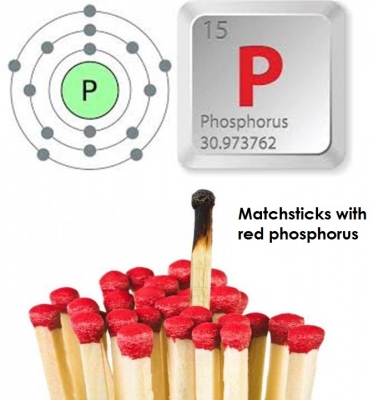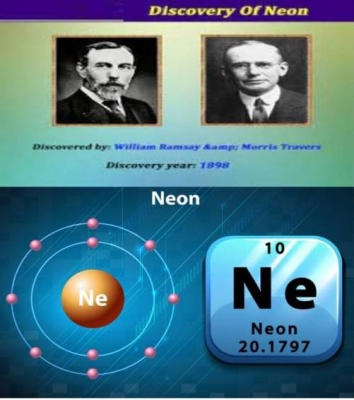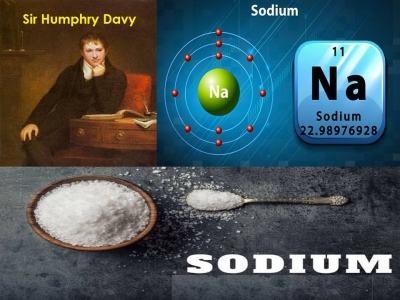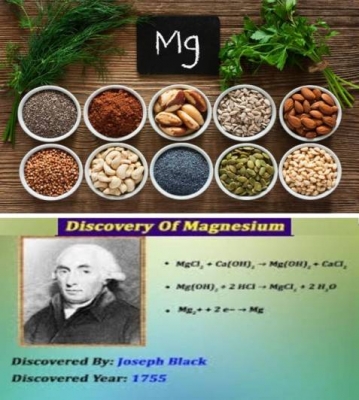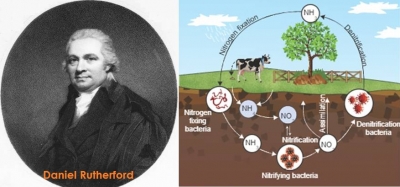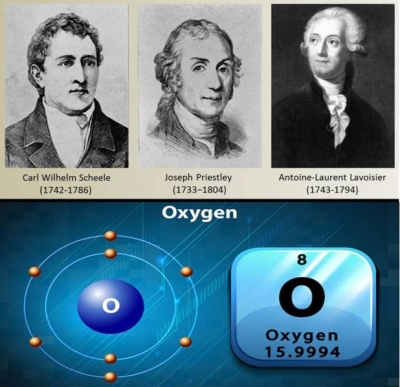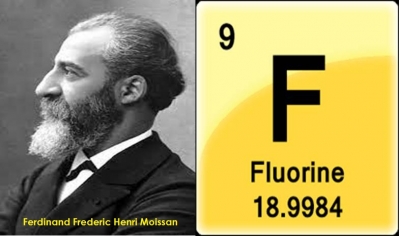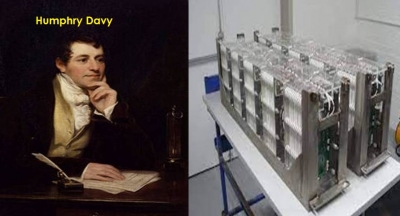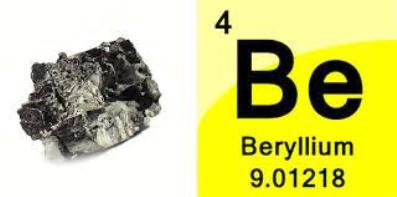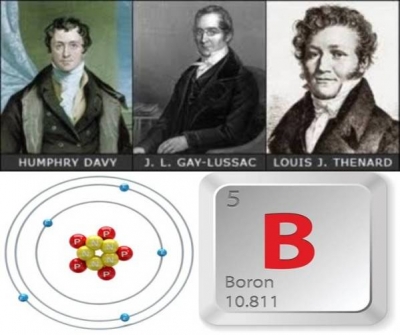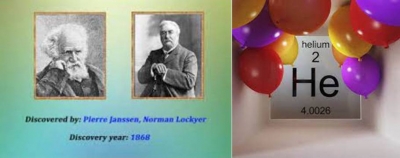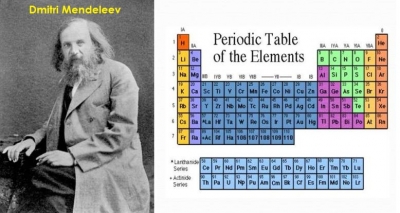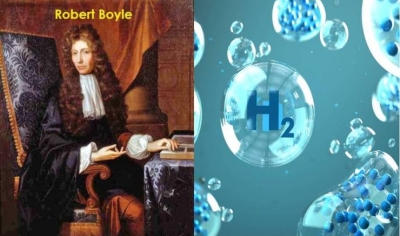When was silicon discovered?
Silicon, atomic number 14, is a chemical element with the symbol Si. In 1787, Antoine-Laurent de Lavoisier first discovered that this metal was present in rocks. He was a French chemist. In 1800, Sir Humphry Davy mistook silicon to be a compound. Later, in 1811, Joseph Louis Gay-Lussac and Louis Jacques Thénard, two French chemists, prepared impure amorphous silicon by heating potassium with silicon tetrafluoride and named it silicon based on the Latin word silex, which means meteorite.
Silicon has very specific uses. High-purity monocrystalline silicon is a semiconductor material, which can be made to produce solar cells that convert radiation energy into electrical energy. This discovery is highly promising in the development of energy.
Silicon can also be made into cermet composites. These composites are resistant to high temperatures, are very tough, and can be cut. They inherit the advantages of metals and ceramics, and also lack the disadvantages of both, a feature that can be applied in weapons manufacturing and aerospace technologies. Pure silica is also used to manufacture high transparency glass fibre for optical fibre communication.
Picture Credit : Google
